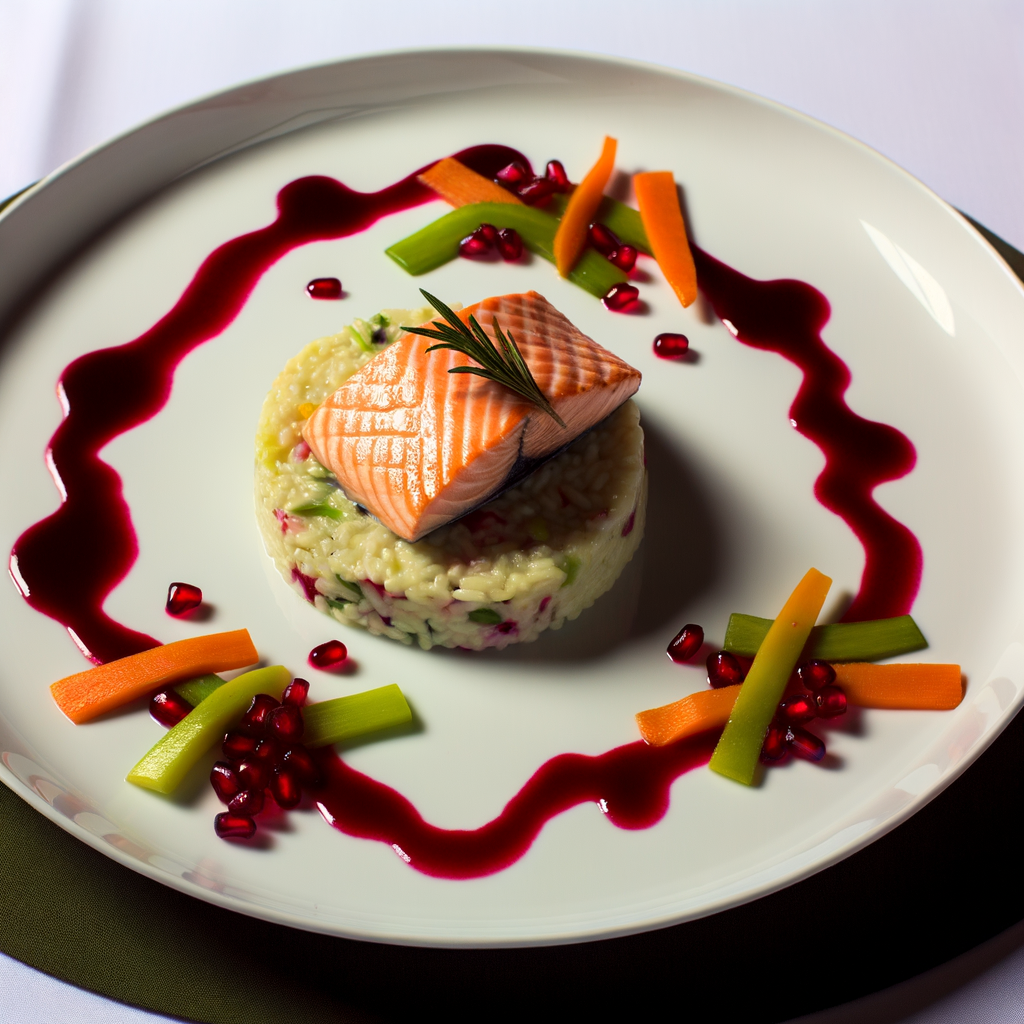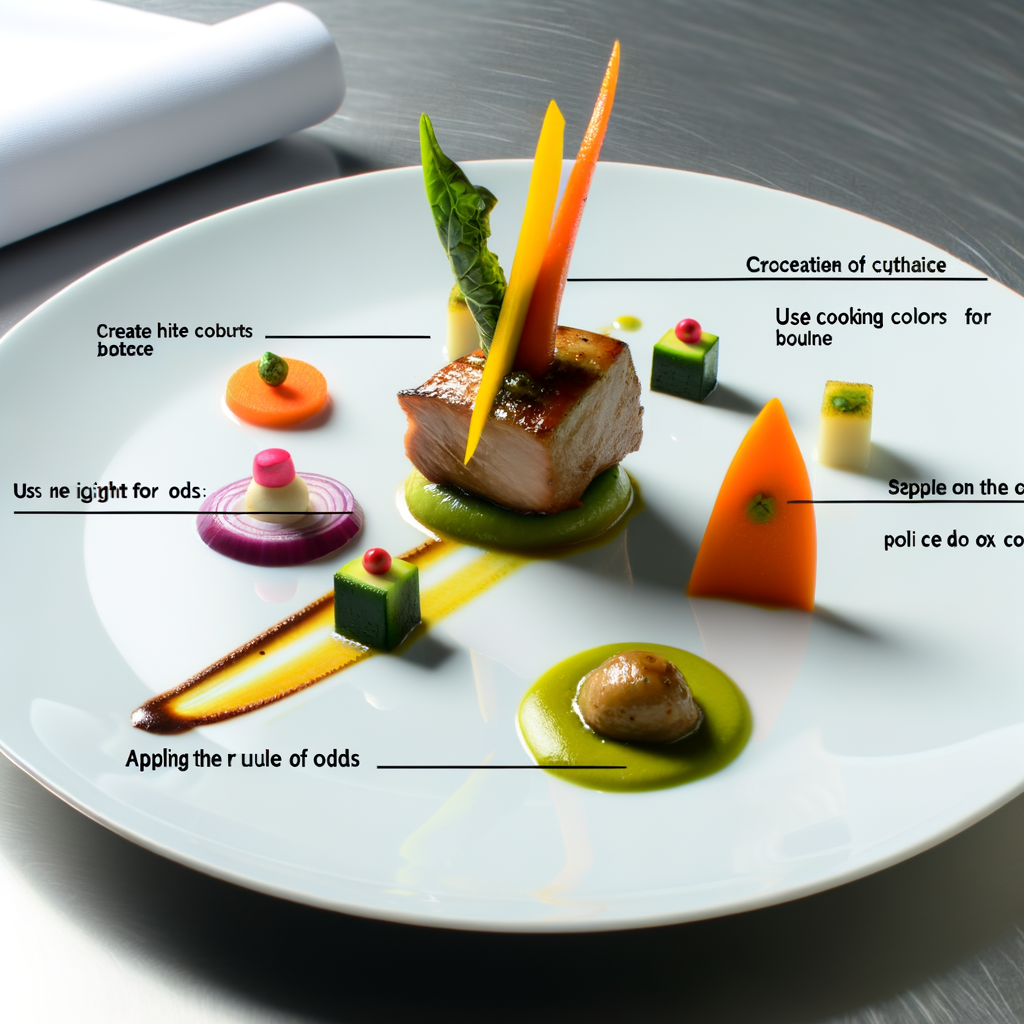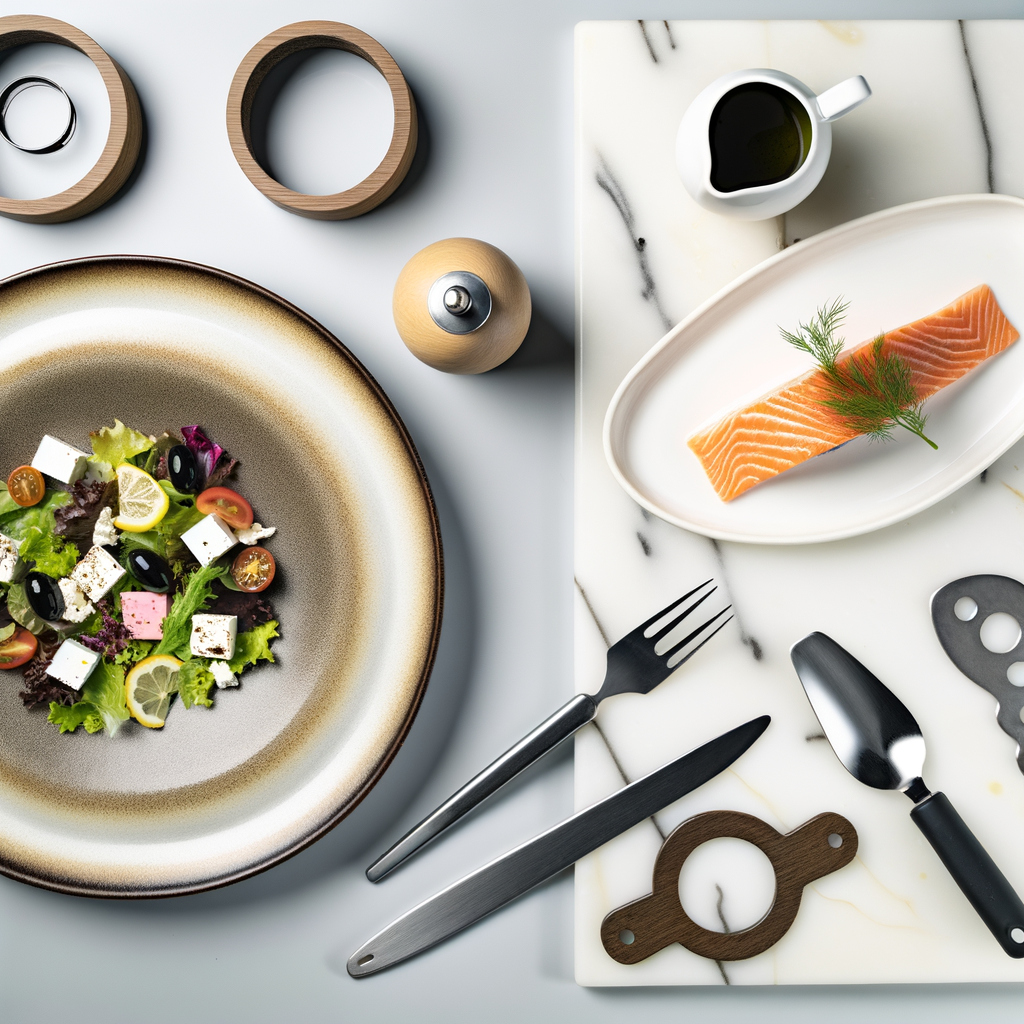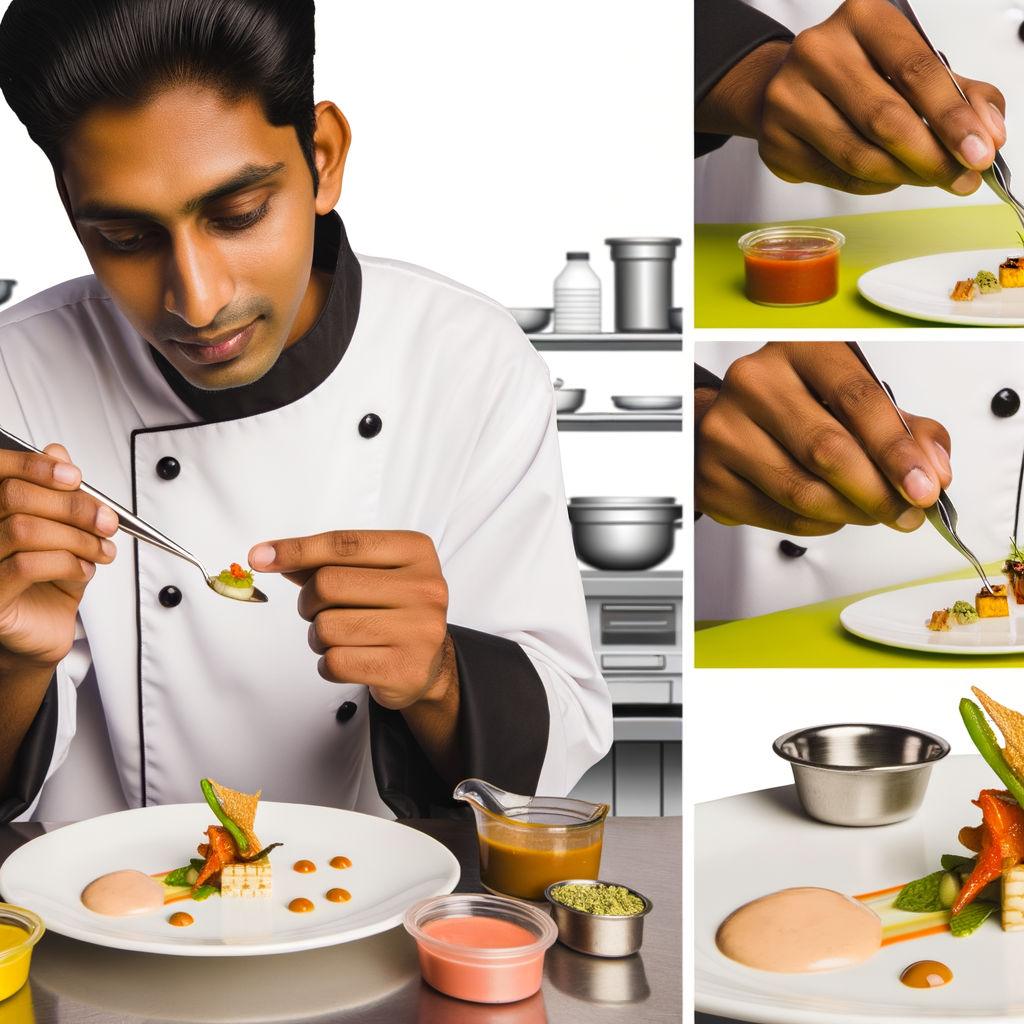Gourmet cooking is not just about creating delicious flavors, but also about the presentation of the dish. Plating techniques play a crucial role in elevating a dish from ordinary to extraordinary. As a chef, it is important to understand the impact of plating on the overall dining experience.
One of the key elements of plating is balance. This can be achieved through the use of different textures, colors, and shapes on the plate. For instance, pairing a smooth and creamy sauce with a crispy and crunchy protein will create a perfect balance of textures. The use of vibrant colors, such as bright green herbs or deep red sauces, can add visual appeal to the dish.
Another important aspect of plating is portion control. A well-plated dish should have all the components in proportion to each other. This not only enhances the appearance of the dish but also ensures that all the flavors are balanced and can be enjoyed together.
Furthermore, paying attention to the placement of each element on the plate can make a huge difference. As a rule of thumb, the focal point of the dish, usually the protein, should be placed off-center. This creates a sense of movement and adds visual interest to the plate.
Lastly, the use of garnishes can take a dish to the next level. Fresh herbs, edible flowers, and even microgreens can add a pop of color and freshness to the dish. However, it is important to not go overboard with garnishes, as they should complement the dish and not overpower it.
In conclusion, plating techniques are an integral part of gourmet cooking. By paying attention to balance, portion control, placement, and garnishing, chefs can create visually stunning dishes that are as pleasing to the eyes as they are to the palate.





